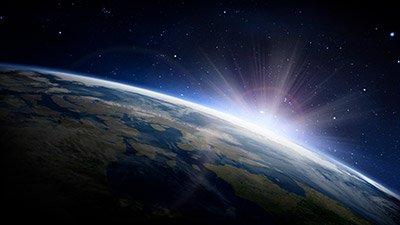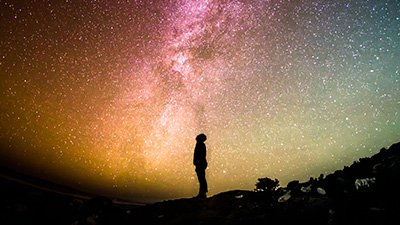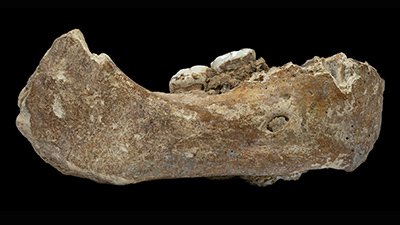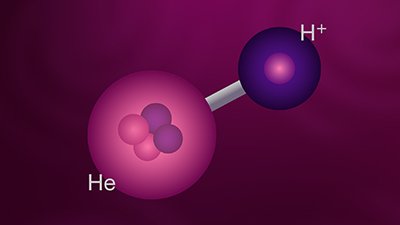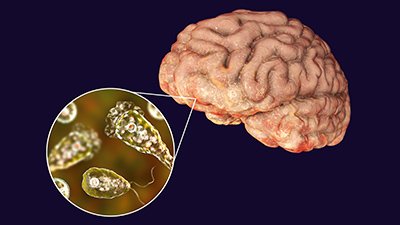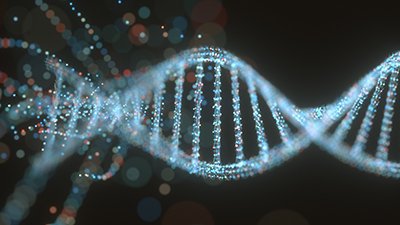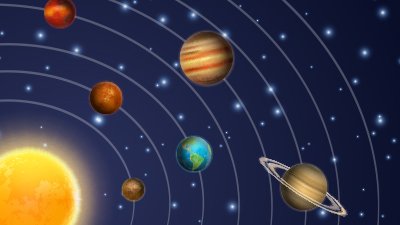Answers in Depth
2019 Volume 14

Answers in Depth (AiD) explores the biblical worldview in addressing modern scientific research, history, current events, popular media, theology, and much more. AiD provides Christians with powerful apologetic answers, careful critiques, and close examinations of the world around them.
Contents
Support the creation/gospel message by donating or getting involved!

Answers in Genesis is an apologetics ministry, dedicated to helping Christians defend their faith and proclaim the good news of Jesus Christ.
- Customer Service 800.778.3390
- Available Monday–Friday | 9 AM–5 PM ET
- © 2026 Answers in Genesis





